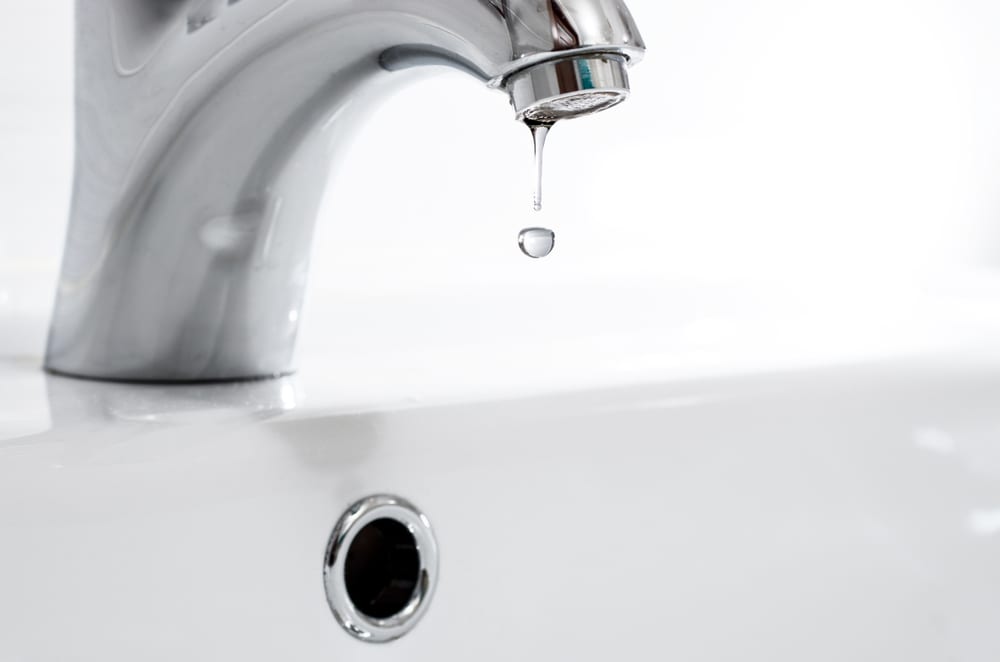
Prior to disassembling the leaky faucet, deactivate the water beneath the sink to avoid water damage to the vanity and floors. Next, place a paper towel or cloth over the drain to ensure you do not accidentally drop parts down the drain pipe. To fix a damaged faucet, you will need to grab a wrench to dismantle the bathroom or kitchen sink. To avoid scratching the finish on your sink, apply duct tape to the wrench prior to applying it to the fixture.
Table of Contents
Cartridge Faucets
The first step to fixing a leaky cartridge faucet is to remove the handle. First, pull the lid on the handle to reveal a set of screws, Next, disassemble the screws and bend the faucet handle backwards to remove it. You should see a threaded clip that is securing the cartridge to the faucet. You will need to use a pair of pliers to remove the clip prior to disconnecting the cartridge from the leaky faucet.
Once the cartridge is removed from the leaky faucet, pull the spout off the fixture and remove the corroded O-rings. Next, insert a new pair of O-rings into the sink and apply a heat resistant solvent to them. If you are planning to replace the cartridge, you will be required to measure the old cartridge. Purchase a brand new cartridge assembly with the same dimensions to ensure it fits properly in your fixture.
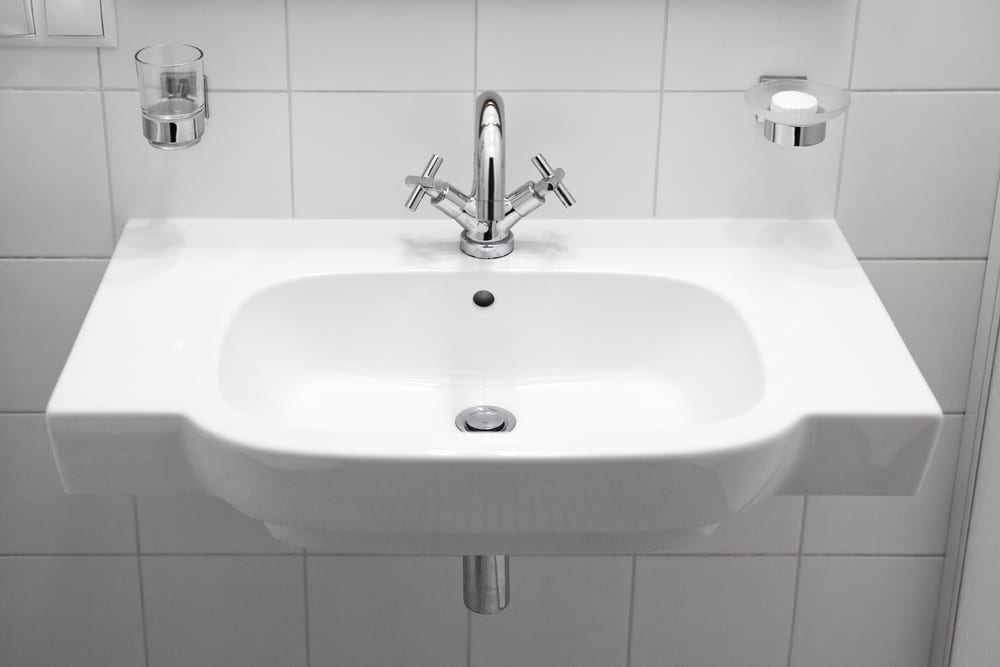 Compression Sinks
Compression Sinks
An ordinary cause of a leaky compression faucet is a damaged seat washer. To fix the dripping faucet and other plumbing problems, you will need to disassemble the cover on the handle of the sink to remove the seat washer. Next, unscrew the handle. You should see a packing nut and stem connected to the kitchen or bathroom sink. Apply a wrench to remove the nut and detach the stem.
Once the stem and packing nut are disassembled, you will see a rubber seat washer. To fix your leaky faucet, you should remove the seat washer from the base of the stem. Next, drive to your local hardware store to purchase a new rubber washer for your sink. Install the seat washer in the compression sink and apply a layer of neutralized heat resistant solvent.
While a new seat washer may fix the dripping faucet, you should also consider replacing the O-ring inside the packing nut. Remove the stem from the packing nut and install a brand new O-ring. Next, check the retainer on your faucet to confirm if it’s damaged. You should replace the old retainer with a new component to eliminate the water leak. In severe cases, a sink will continue to leak after a retainer is replaced. The water leak may be due to a damaged seat.
Disassemble the stem and sand the base of the seat to repair the leaky faucet. If your sink continues to leak, replace the seat with a new component.
Tips & Insights: Why Isn’t My Furnace Blower Motor Working? Suggestions & Ways to Fix
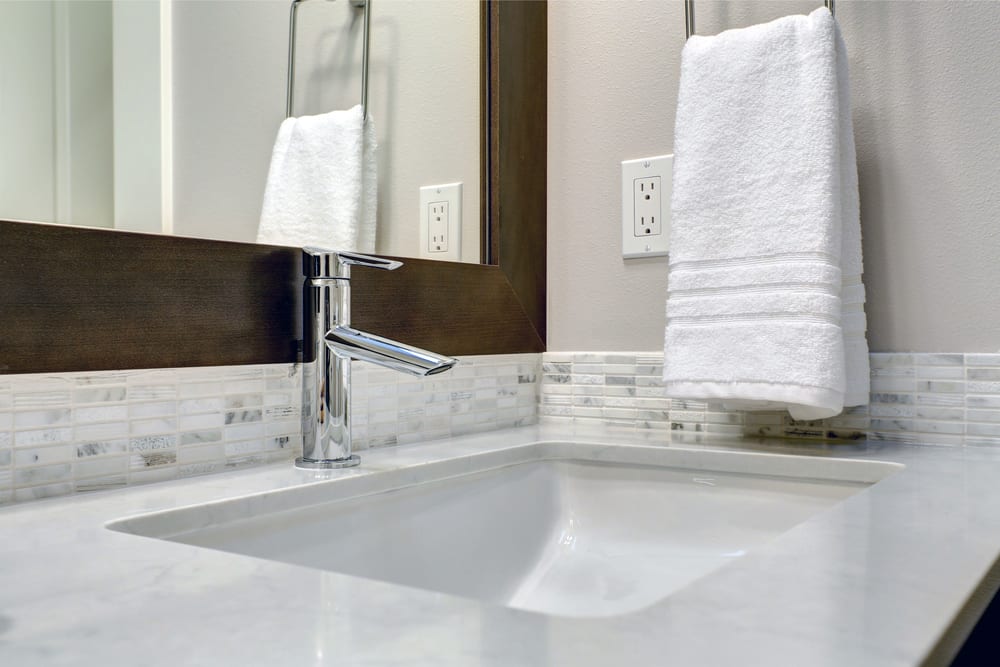 Ball Faucets
Ball Faucets
There are a large number of components that can be attributed to a leaky ball faucet. To pinpoint the source of the leak, apply a screwdriver to remove the cover the exterior of the fixture. You will see a hex-head screw that can be easily removed with a wrench. Once the screw is disassembled, pull the handle off the sink. The next step to fixing the leaky ball faucet is applying a pair of pliers to detach the cap. Apply a tool recommended by the manufacturer to dislodge the faucet cam, adjustable ball, and cam washer.
Disassemble the rubber seats and springs and replace each component. Once you are finished installing the spring, insert the adjustable steel ball in the ball faucet. Lastly, install a new cam cap and gasket directly above the steel ball. Next, secure the cap assembly to the kitchen or bathroom sink and apply a wrench to attach the nut to provide optional tension against the adjustable ball.
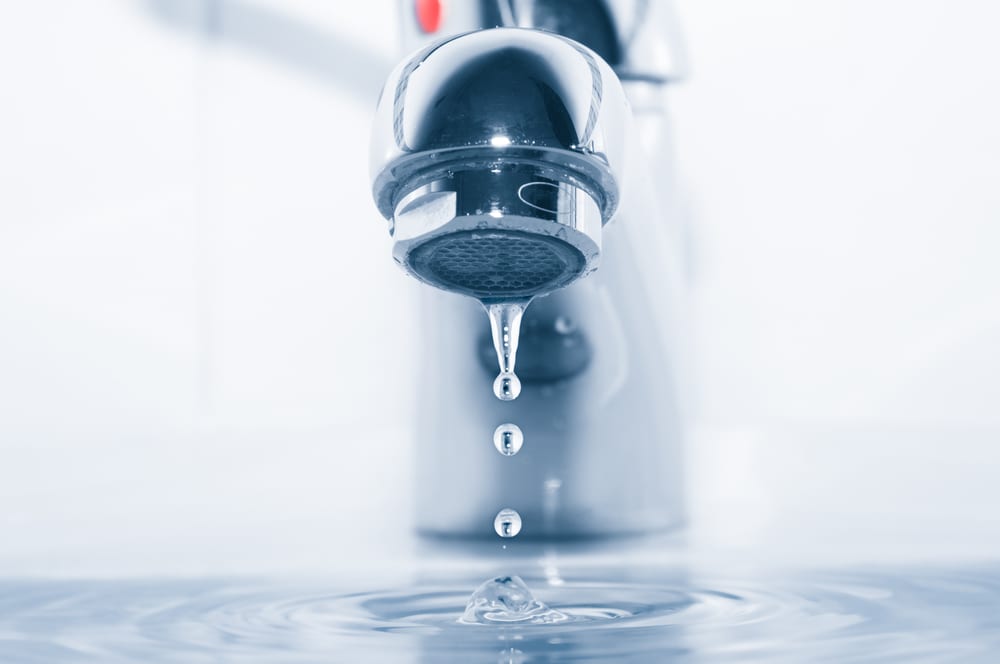 How Much Water Does a Dripping Faucet Waste?
How Much Water Does a Dripping Faucet Waste?
It’s important to perform an inspection of the faucets in your household once a year to confirm if they are leaking. According to the Environmental Protection Agency, a leaky faucet can waste 10,000 gallons of water each year. In an average household, a leaky faucet will waste 10 drops of water per minute. While a majority of homeowners do not view a minor water leak as an emergency, a dripping faucet may waste up to 347 gallons of water each year.
4 Ordinary Causes of Leaking Faucets
Damaged O-Rings
If you notice a water leak near the handle of your faucet, this may be caused by a loose O-ring. An O-ring is a miniature rubber component that is integrated with the valve stem. To fix the leaky faucet, you will be required to replace the O-ring. On the other hand, a water leak near the spout may indicate two damaged O-rings. Simply replace the O-rings and apply plumbing grease. Next, embed the faucet to its base to restore the flow of water to your kitchen or bathroom. In some instances, applying brand new O-rings will not fix a leaky faucet if the spout is damaged from hard water. Unfortunately, you may need to purchase a new faucet to eliminate the water leak.
Tips & Insights: How to Replace a Furnace Pressure Switch
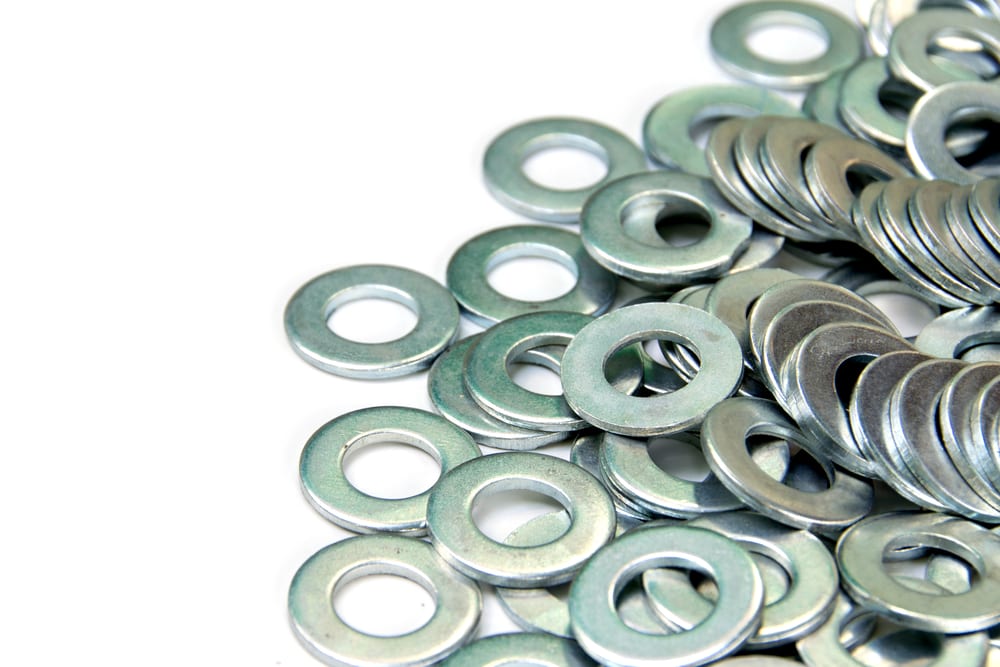 Loose Washers
Loose Washers
The faucet in your household may be dripping due to a malfunctioning or loose seat washer. Since a sink is utilized on a daily basis, it is not uncommon for a seat washer to become loose from continuous use. As a result, your sink will drip water while it’s not being used. If you have a newer faucet in your house, you may be required to replace the plastic cartridge or seat to eliminate an expensive water leak.
Old Valve Seats
A valve seat is a component that is located directly beneath the cartridge. As the valve seats in your sink reach the end of their life cycle, rust and corrosion may begin to form. If you have an old plastic seat, you should replace it to fix your dripping faucet.
Worn Out Inlet & Outlet Seals
The culprit of a leaky disc cartridge faucet may be damaged inlet and outlet seals. These seals will need to be replaced every couple of years to prevent leaks.
If you need support with a dripping faucet, give our team a call by phone at (904) 217–5694. Our team of licensed plumbers provide fast and trusted plumbing and HVAC services for faucet leaks, burst pipes, inefficient air conditioners, broken water heaters, gas leaks, and noisy furnaces. We offer plumbing and HVAC solutions in areas of Florida such as Jacksonville, Atlantic Beach, Saint Augustine, and Fleming Island.

